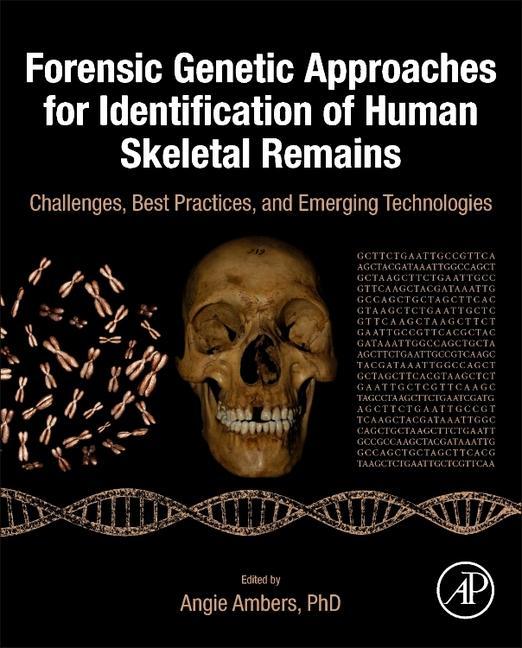
Livrare
Consilier de cumpărături





Nu se pretează? Nu contează! La noi puteți returna bunurile în 30 de zile
 Voucher cadou
orice valoare
Voucher cadou
orice valoare
Cu un voucher cadou nu veți da greș. În schimbul voucherului, destinatarul își poate alege orice din oferta noastră.
Forensic Genetic Approaches for Identification of Human Skeletal Remains
 engleză
engleză
 432 b
432 b
30 de zile pentru retur bunuri
Ar putea de asemenea, să te intereseze


Forensic Genetic Approaches for Identification of Human Skeletal Remains: Challenges, Best Practices, and Emerging Technologies provides best practices on processing bone samples for DNA testing. The book outlines forensic genetics tools that are available for the identification of skeletal remains in contemporary casework and historical/archaeological investigations. Although the book focuses primarily on the use of DNA for direct identification or kinship analyses, it also highlights complementary disciplines often used in concert with genetic data to make positive identifications, such as forensic anthropology, forensic odontology, and forensic art/sculpting. Unidentified human remains are often associated with tragic events, such as fires, terrorist attacks, natural disasters, war conflicts, genocide, airline crashes, homicide, and human rights violations under oppressive totalitarian regimes. In these situations, extensive damage to soft tissues often precludes the use of such biological samples in the identification process. In contrast, bone material is the most resilient, viable sample type for DNA testing. DNA recovered from bone often is degraded and in low quantities due to the effects of human decomposition, environmental exposure, and the passage of time. The complexities of bone microstructure and its rigid nature make skeletal remains one of the most challenging sample types for DNA testing. Provides best practices on processing bone samples for DNA testing Presents detailed coverage of proper facilities design for skeletal remains processing, selection of optimal skeletal elements for DNA recovery, specialized equipment needed, preparation and cleaning of bone samples for DNA extraction, and moreHighlights complementary disciplines often used in concert with genetic data to make positive identifications, such as forensic anthropology, forensic odontology, and forensic art/sculpting
Informații despre carte
 engleză
engleză




 Cum să cumpăr
Cum să cumpăr

















